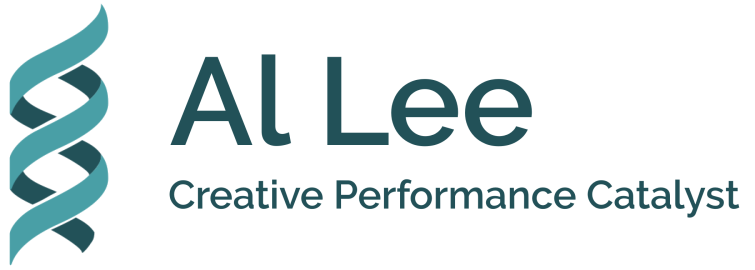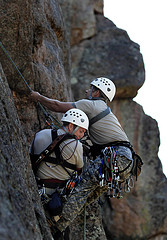Planning a brainstorming session? Read this first. There is a better way. Knowing what to do and what not to do is essential to getting the best results from your team.
 My background is in engineering. Creativity and collaboration are key to innovation and engineering success. Having played key roles in several startups, I can say this true in many other disciplines as well.
My background is in engineering. Creativity and collaboration are key to innovation and engineering success. Having played key roles in several startups, I can say this true in many other disciplines as well.
I’ve written previously about fostering your personal creativity, but there are also times when it is necessary to bring a team together to collaborate and come up with new solutions or to solve particularly difficult problems.
Enter the brainstorming session.
I have been a participant in and led many brainstorming sessions, and I must say that I agree with most of the criticism of the old model of getting a bunch of people in a room for 2,3, 4 hours (or more!) and start throwing out ideas. These situations usually favor extroverts and disadvantage the introverts. There will invariably be several people who will dominate the discussion, and several who have great ideas who won’t feel comfortable sharing theirs. Also, the ability of participants to focus diminishes rapidly after about 1.5-2hrs. In my experience these types of brainstorming meetings rarely if ever provide the needed breakthroughs.
There is a better way to tap into your team’s creativity, facilitate collaboration, and generate the best ideas.
The new thinking is that more is better. Creativity is a game of percentages. The more ideas you generate, the more good, bad, and great ideas you will have. The emphasis should not be on quality, but on quantity.
Here is a formula that you can try. You may need to adjust it to your team’s needs or to your unique situation:
- Send your meeting invite plenty of time in advance – a week or more if possible. Along with the invite, send a definition of the problem that needs to be solved, the ultimate goal, and list any critical elements of or constraints on the solutions.
- Limit the attendees to the people who need to be there and can contribute in a meaningful way. Smaller is better than larger. It’s like a dinner party. If there are more than 6 people, separate side-conversations are likely to develop.
- Ask each attendee to come to the meeting prepared with at least 2-10 ideas to present and discuss.
This ensures that everyone has a chance to digest the information in advance and to employ their own creative process to develop their ideas.That will also ensure that each person will have some ideas to offer and discuss. This way the meeting can focus on evaluating the pros and cons of the different suggestions, identifying the most promising ideas, and building on those ideas through collaboration. - Have each person present their ideas for a set amount of time – 5 minutes for example. This ensures that the meeting is not dominated by people who like to talk at the expense of people who might be shy or lack confidence speaking in public.
- Use a whiteboard or post-its to capture all of the ideas.
- Once every attendee has presented their ideas, see if the suggestions can be grouped, categorized or combined in some way. Spend some time on each category, building on what has been suggested. Remember the goal is quantity not quality. Generate ideas with no judgement or analysis. The more ideas you generate, the more great ideas will surface. Remember, more is better.
- You may elect to adjourn the meeting and have the team take a few days to consider the most promising ideas and then employ the same process again to refine those promising ideas.
- Be sure to copy or photograph all of the ideas and provides copies to all the attendees for reference.
This hybrid model combines the best of both worlds – individual creativity and group collaboration which will increase your odds of developing new and innovative ideas.





